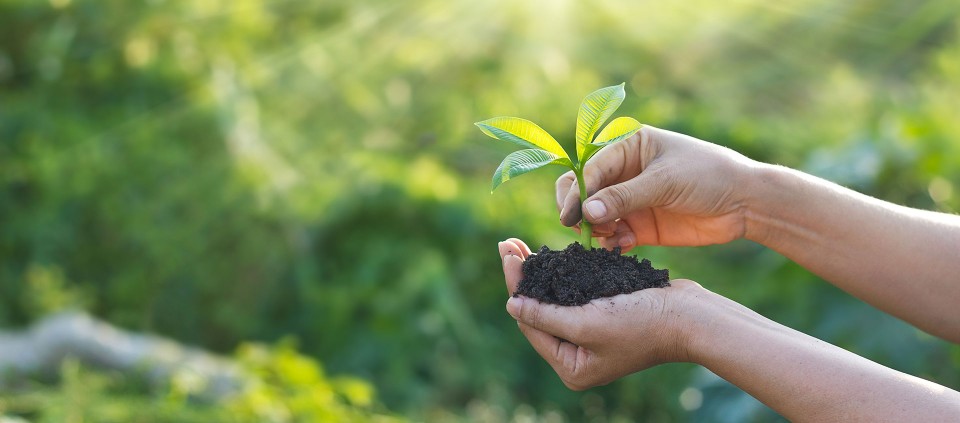Transformation and Transmutation: What I’ve Learned from Composting

Alchemists, the metaphysical scientists of the 16th century, spoke of transmutation—a transformative process of (most commonly) turning lead into gold. The gold in this story was a shiny distraction. The process under study was transformation. Transmutation is specifically transforming something into something else. Spontaneous (or not so spontaneous) change.
As a nutritionist, transmutation fascinates me. Can we detox our food by changing our own inner landscape? Does saying grace improve digestion? I suspect yes, but to date there is scant clinical evidence to support my hunch. The one transmutation I have certainly witnessed is the act of compassion—when we humans transmute suffering through our open hearts into loving-kindness and forgiveness. It’s the coolest trick we humans can do, and perhaps the reason we are here. Compost may do something similar.
The compost pile (actually three piles—brown, green mix, and the finished product: gorgeous, rich, dark earth) has been my teacher. I understand a bit more deeply now the cycle of life—of how food and leaves and pretty much everything, if given a chance, folds back into the earth, in a spiral of renewal.
We’re all uneasy with death—that final, big truth that none of us escape but yogis rehearse at the end of every yoga class when they like in Savasana (Corpse pose). Something about watching the slow, easy, and ultimately miraculous cycle of composting makes me easier with the outcome, wishing only that I and those I love are fortunate enough to participate in the grace of this beautiful, grounding flow, both mysterious and plain as day.
When we compost, we are witnessing the cultivation of the microbiome of the earth itself. The microbiome is the combination of bacteria and other microorganisms essential for health, as they modulate nearly every homeostatic process. The microbiome of the soil and recipes that rebalance our ailing earth are hot topics in the agricultural science world today and in the world of nutrition—keeping our microbial balance, we are finding, is more complex than popping a pill. Our human microbiome is a genetic link to nearly every food-related act we take. The microbiome of my compost piles and the microbiome in our gut are inexorably linked in one farm-wide ecosystem. We are gardeners on so many levels.
Composting is a philosophy. You have to buy in—it’s a long-term process, not an insta-health situation.
How to Get Started
1. Create a space. You can use a bin made for the purpose (many types are available for purchase) or build your own container using wooden pallets or boards. You can also just make a heap on the ground! My piles are semi-hidden, tucked to the side of yard.
2. Establish a good balance of nitrogen (green) and carbon (brown)—one part green, three parts brown is about right. Green includes lawn clippings, freshly pulled weeds, vegetable ends, eggshells, and lots and lots of coffee grounds (meat and dairy waste are not recommended). Brown is the drier stuff: fallen leaves, sawdust, hay, and straw.
3. Add green and brown to the pile in layers. Keep adding to the pile as the days go by, and add water once in a while, to keep it moist. Turn the whole thing with a shovel every few weeks.
4. Over time, your pile will condense into rich dark, chocolate earth—with an occasional stick or eggshell poking out. You can transfer this to its own separate area as you continue the transformation process with a new layered pile.
In this season of growth and greening, may your inner and outer gardens flourish!
Find out about nutrition and cooking programs with Annie B. Kay at Kripalu.
© Kripalu Center for Yoga & Health. All rights reserved. To request permission to reprint, please email editor@kripalu.org.
Annie B. Kay, MS, RDN, E-RYT 500, C-IAYT, is an author, nutritionist, Kripalu faculty member, and important voice in whole-foods nutrition and yoga.
Full Bio and Programs